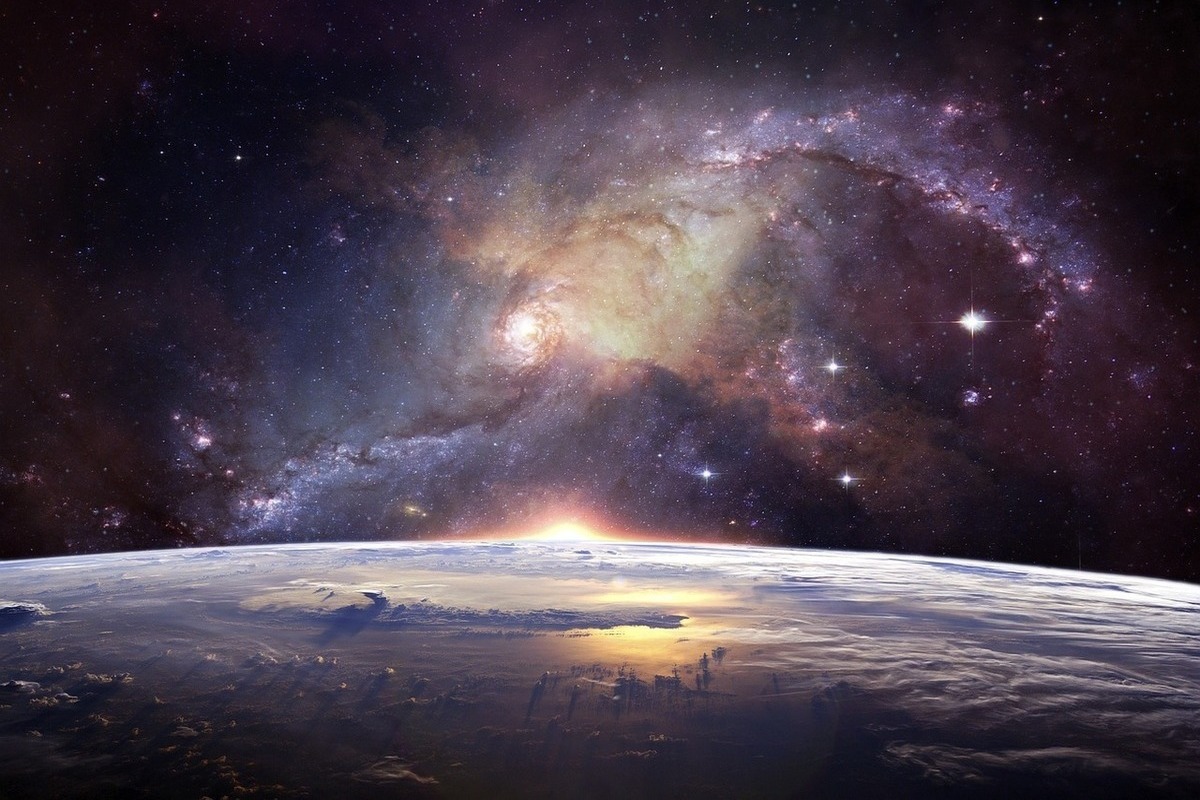Astronomers are on the verge of discovering the unsolved mysteries of the universe: “Big news”
[ad_1]

‘Space bass note’ of gravitational waves discovered
Astronomers have detected the “cosmic bass note” of gravitational waves. According to scientists, the sound comes from the merging of supermassive black holes throughout the universe.
The rumbling “cosmic bass note” of gravitational waves, believed to be the result of a slow merger of supermassive black holes across the universe, has been detected by astronomers.
These observations are the first detections of low-frequency ripples in the fabric of space-time and promise to open a new window into the world of monstrous black holes at the centers of galaxies, writes The Guardian.
These objects are millions or even billions of times the mass of the Sun and played a huge role in the formation of galaxies, but remain elusive because no light can escape from their clutches.
“This is huge news,” said Dr. Steven Taylor, chairman of the North American Nanohertz Gravitational Wave Observatory (Nanograv) Consortium that spearheaded the discovery, and an astrophysicist at Vanderbilt University in Nashville.
Dr. Michael Keith, faculty member at the Jodrell Bank Center for Astrophysics and member of the European team that provided the independent evidence for the signal, said: “The results presented today mark the beginning of a new journey into the universe to uncover some of its unsolved mysteries. We are incredibly excited that after decades of work by hundreds of astronomers and physicists around the world, we are finally seeing signs of gravitational waves from a distant universe.”
Albert Einstein first predicted the existence of gravitational waves a century ago, and a breakthrough in 2016 by the American Laser Interferometric Gravitational Wave Observatory (Ligo) proved that space itself can stretch and contract.
So far, however, scientists have only been able to capture short “bursts” of gravitational waves associated with mergers of black holes or neutron stars that are only slightly larger than the Sun, writes The Guardian.
Recent observations show that one full wave propagating at the speed of light passes the Earth in about 30 years. Scientists believe that this cosmic rumble is likely created by the entire collection of binary supermassive black holes over the past 8 billion years or so.
“We think that each pair contributes to a small wave that is added to the small wave of the other, and together this is what we can see right now – a kind of murmuring of the entire population,” says Professor Alberto Vecchio from the University of Birmingham and member of the European Pulsar Synchronization System.
The discovery was made by carefully observing more than 100 pulsars – exotic stars that rotate hundreds of times per second, creating beacon-like beams of radio waves. These impulses are so stable that you can catch the slightest changes in time caused by the stretching and contraction of the fabric of space, notes The Guardian.
In 2020, with 12 years of data, nanogravity scientists began noticing hints of this gravitational hum and approached individual teams in Europe, India, China and Australia, each of whom agreed to use their own data for independent confirmation.
Dr. Steven Taylor noted that the chance that the latest results are random is close to one in 10,000, making them strong evidence, although it falls short of the one-in-a-million gold standard of physics for claiming evidence of a new phenomenon.
There is also an element of uncertainty about the source of gravitational waves. The death spirals of supermassive black holes are seen as “the most plausible explanation,” Taylor said, but alternative possibilities remain under consideration, including a gravitational imprint left on the universe shortly after the big bang.
Professor Jocelyn Bell Burnell, who discovered pulsars as a graduate student, described the latest discovery as “an important and significant technical achievement.” “The effect is very small—one part in a thousand million million—so it’s a precise job,” she said. “They were very attentive and discreet and did not shout prematurely.”
Professor Andrew Pontzen, a cosmologist at University College London, admits: “It’s not often that we get to look at the universe through a completely new lens, but after 15 years of patient work, Nanograv seems to provide just that. It is extremely interesting to see the initial evidence for the existence of these waves, which will eventually tell us a huge amount about supermassive black holes, the mass of which is hundreds of millions of times the mass of the Sun.”
The findings are presented in a series of papers published Thursday in the Astrophysical Journal Letters.
[ad_2]
Source link








